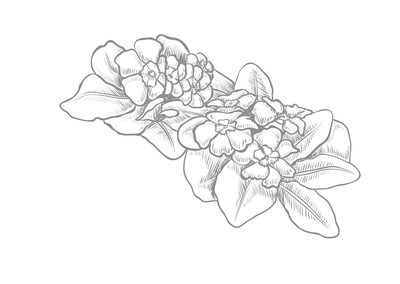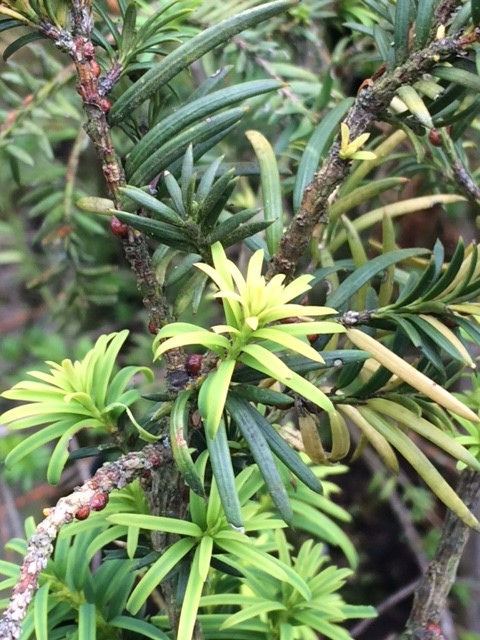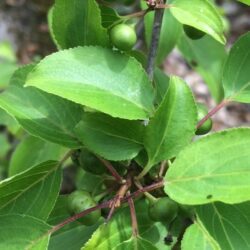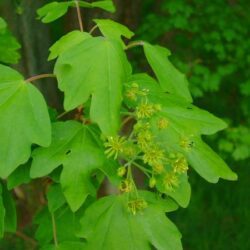Description
It is the tree originally known as yew, though with other related trees becoming known, it may now be known as English yew, or European yew. Taxus baccata can reach 400 to 600 years of age. Some specimens live longer but the age of yews is often overestimated. Ten yews in Britain are believed to predate the 10th century. The potential age of yews is impossible to determine accurately and is subject to much dispute. There is rarely any wood as old as the entire tree, while the boughs themselves often become hollow with age, making ring counts impossible. The yew is traditionally and regularly found in churchyards in England, Wales, Scotland, Ireland and Northern France (more specifically in Normandy, The yew tree has been found near chapels, churches and cemeteries since ancient times as a symbol of the transcendence of death, It has also been suggested that yews were planted at religious sites as their long life was suggestive of eternity, or because being toxic they were seen as trees of death. Another suggested explanation is that yews were planted to discourage farmers and drovers from letting animals wander onto the burial grounds, the poisonous foliage being the disincentive. A further possible reason is that fronds and branches of yew were often used as a substitute for palms on Palm Sunday, It is usually found in the main squares of the villages where people celebrated the open councils that served as a way of general assembly to rule the village affairs. Wood from the yew is classified as a closed-pore softwood, similar to cedar and pine. Easy to work, yew is among the hardest of the softwoods; yet it possesses a remarkable elasticity, making it ideal for products that require springiness, such as bows.











